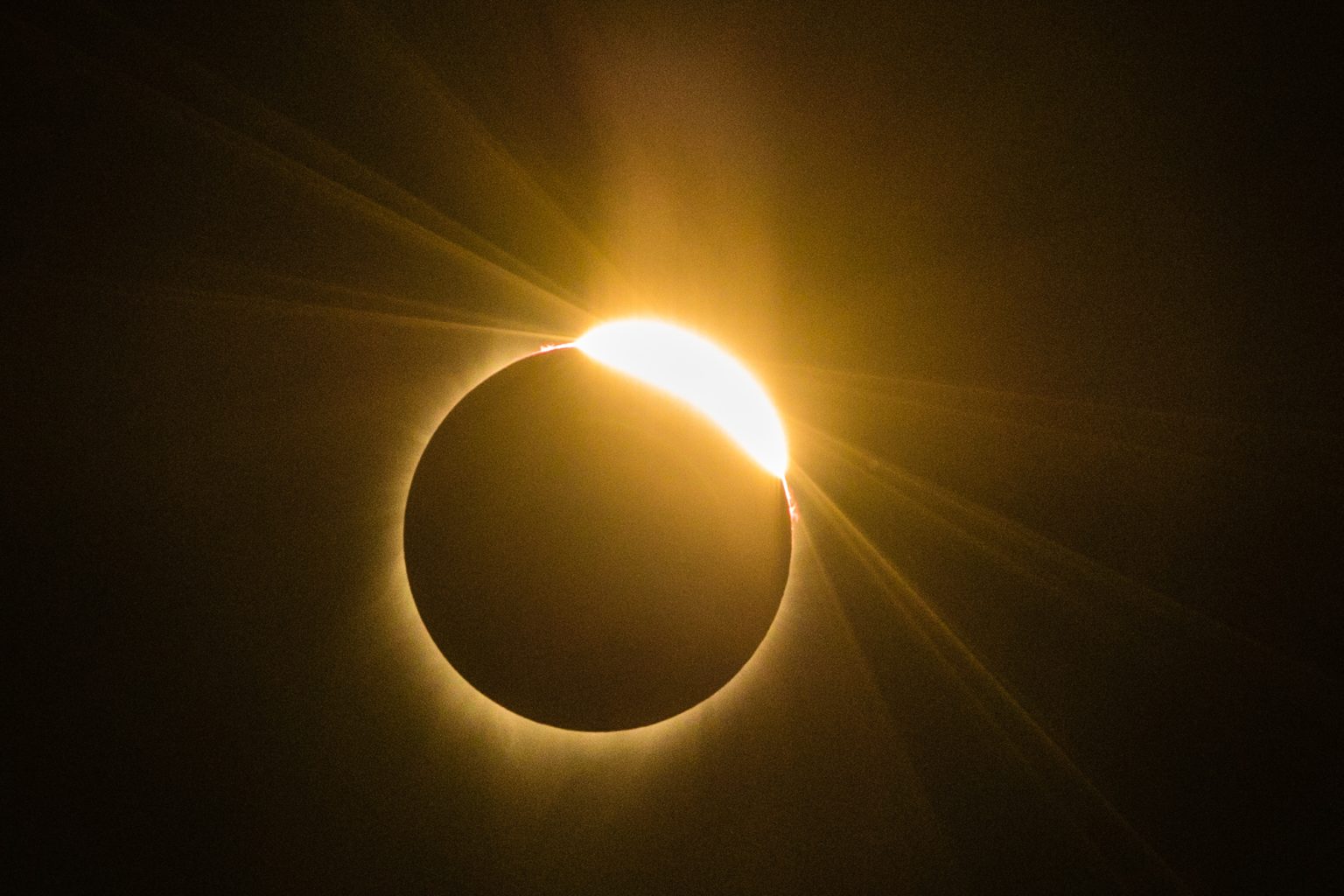The path of totality for the upcoming solar eclipse has shifted once more accurate calculations were made by a solar eclipse expert, leading to changes in the map that people have been using to plan their viewing locations for the event. The eclipse is expected to occur on Monday, April 8, and will start in Mexico before extending across several states in the United States. Millions of people are anticipated to travel to areas within the path of totality to observe the phenomenon, leading to concerns about stretched resources for public safety and local hospitals, as well as congested roadways. At least four states have urged residents to prepare for the event by stocking up on essentials like groceries and gas, as traffic is expected to overwhelm local roads.
Previous worries about eclipse visibility within the path of totality were focused on cloud cover, but now people have to take into consideration that some maps depicting the path may not be accurate. An eclipse calculations expert, John Irwin, recently made calculations that resulted in a slight but significant change to the map, with some locations previously expected to be within the path of totality now outside of it, and vice versa. Irwin’s more accurate map takes into account the topography of both the lunar limb and Earth, resulting in a more precise representation of the eclipse path. Those situated within the center of the path of totality can still expect to witness a total eclipse, while those on the northern and southern edges may only experience a partial eclipse.
The new map published by Irwin shows changes in the path of totality, with areas like McKinney Falls State Park in Austin, Texas now expected to be within the path, and some parts of Denton, Texas now outside of it. The map highlights the complexity of predicting eclipses accurately due to factors like the unknown diameter of the sun. The spokesperson from Besselian Elements, which published the map, explained that the new map accounts for the topography of both the lunar limb and Earth, resulting in a more precise representation compared to traditional eclipse maps. NASA’s eclipse predictions are said to be unchanged, but discrepancies may occur due to the size of the sun in prediction maps.
Overall, the accuracy of the solar eclipse map has been improved through more precise calculations that consider the topography of both the lunar limb and Earth. This has led to some locations previously expected to be within the path of totality to be outside of it, and vice versa, highlighting the complexity of predicting eclipses accurately. Those planning to view the upcoming solar eclipse should be aware of these changes and ensure they are in a location within the path of totality to witness the phenomenon in its entirety. NASA’s predictions remain largely unchanged, but slight discrepancies may occur due to uncertainties about the size of the sun in prediction maps.


